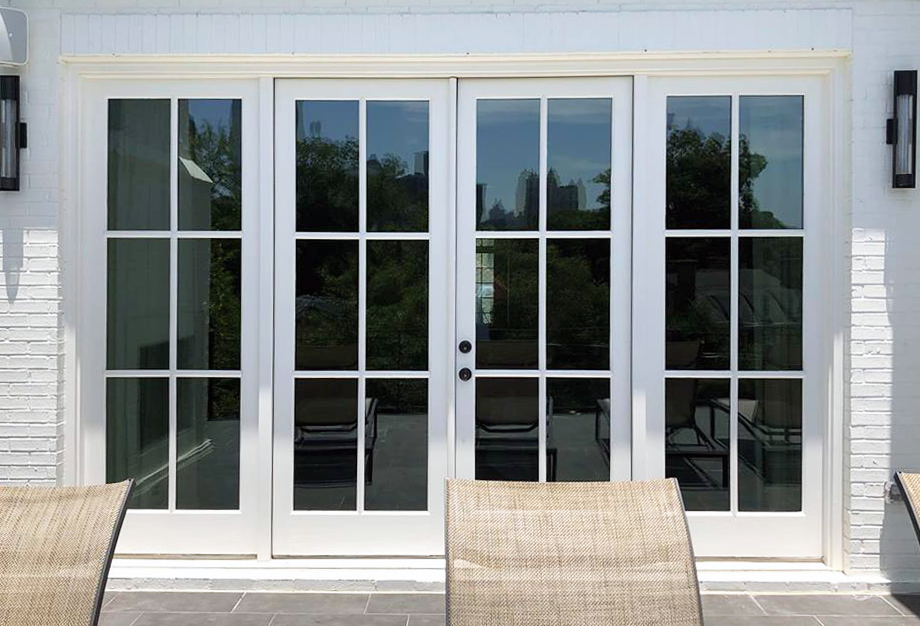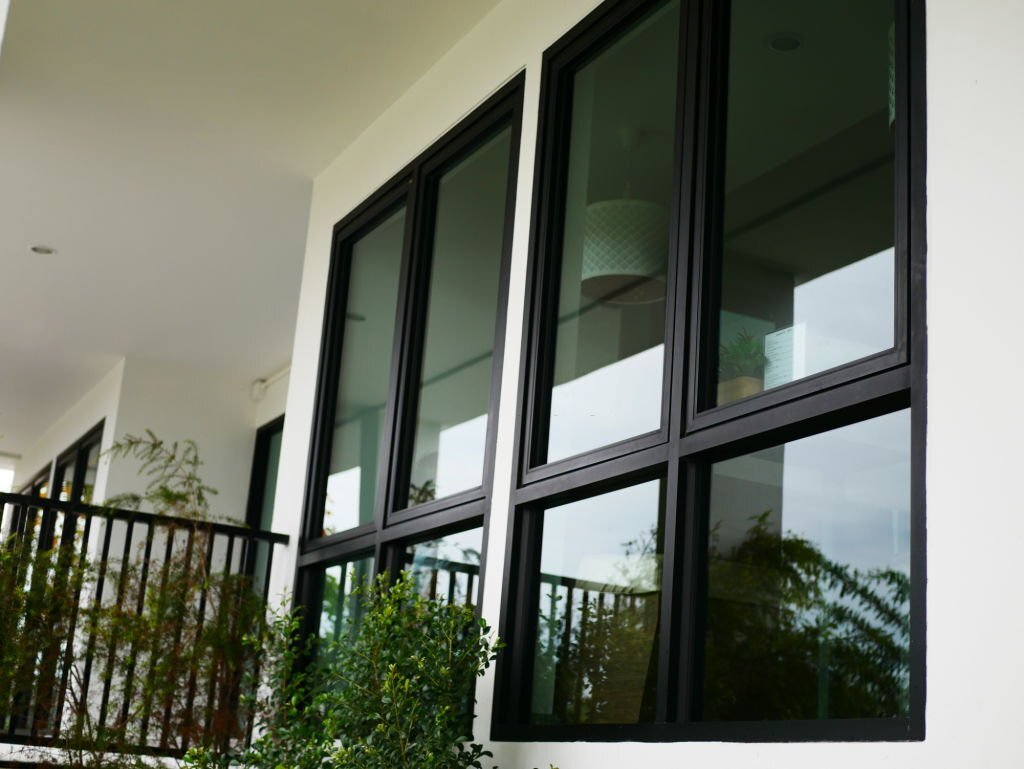Just How Residential Window Tint Can Decrease Power Costs
Just How Residential Window Tint Can Decrease Power Costs
Blog Article
How Residential Window Tinting Improves Your Home's Energy Performance
Residential home window tinting offers a compelling remedy for property owners seeking to improve energy effectiveness within their space. By using specialized films to home windows, it properly minimizes warmth transfer, consequently maintaining indoor temperatures and minimizing the need for extreme home heating or air conditioning. This not just reduces power intake yet also provides a much more comfortable setting by alleviating glare. Recognizing the nuances of exactly how tinting jobs and selecting the appropriate type for your home can be essential. Oddly, what aspects should one consider prior to making this financial investment?
Comprehending Home Window Tinting
Understanding window tinting is crucial for property owners looking for to improve both comfort and energy performance in their home. Residential Window Tint. Home window tinting involves the application of a thin film to the inside or exterior surface area of glass home windows. This movie can dramatically regulate the quantity of sunlight and warmth that enters a home, therefore affecting indoor climate conditions
There are different kinds of window tinting films available, each with distinct residential or commercial properties. Dyed movies soak up solar power, while reflective movies disperse it away from the glass surface area. Ceramic films provide a balance of exposure and heat being rejected, making them a preferred selection amongst house owners. The performance of window tinting is frequently gauged by its Visible Light Transmission (VLT) percentage, which shows exactly how much light can go through the film.
Advantages of Power Effectiveness
Window tinting not only improves aesthetics yet likewise plays a considerable function in enhancing power efficiency within residential spaces. By minimizing warmth transfer via home windows, colored movies create a more secure interior environment, which can result in significant decreases in energy consumption for cooling and heating. This power effectiveness equates into lower utility bills, giving homeowners with significant long-lasting cost savings.

Furthermore, home window tinting improves the convenience of living areas. By decreasing glow and blocking harmful UV rays, colored home windows produce a more pleasurable environment, which can cause enhanced well-being for owners. The protection versus UV rays likewise assists maintain furniture and flooring from fading, adding to the durability of family items.
Exactly How Tinting Functions
Tinting movies run through a mix of advanced materials and modern technologies designed to manage the quantity of solar energy getting in a home. Primarily made up of polyester, these movies commonly integrate metal or ceramic particles that take in and mirror warmth. This twin capacity permits them to substantially reduce the infiltration of ultraviolet (UV) rays and infrared radiation while permitting noticeable light to go through.
The performance of window tinting is measured by its solar warm gain coefficient (SHGC), which suggests just how much solar power is transferred via the home window. Lower SHGC Source worths are preferable as they represent greater heat rejection. Additionally, window colors can include a selection of tones, enabling homeowners to personalize their visual choices while improving power efficiency.
Moreover, these films act as an obstacle, protecting against warmth loss during colder months by showing indoor heat back into the home. This thermal insulation result enhances the air conditioning benefits obtained throughout warmer months, adding to a balanced indoor environment year-round. By managing solar power properly, domestic window tinting not only improves convenience yet additionally plays an important function in minimizing power usage and decreasing utility costs.
Choosing the Right Color

There are various kinds of window films available, including colored, metalized, and ceramic. Ceramic films provide superb warmth control without jeopardizing visibility and are extremely durable, making them a preferred option.
Noticeable light transmission (VLT) is another important variable, as it indicates the quantity of all-natural light that can go through the tinted glass. Property owners ought to choose a tint with a VLT that complements their lighting preferences while still providing adequate glare decrease.
Additionally, analyzing the solar warmth gain coefficient (SHGC) can assist determine how well a color can obstruct heat from sunlight. A lower SHGC shows better heat control, ultimately boosting energy effectiveness.
Setup and Upkeep Tips
Correct installation and upkeep are crucial components in maximizing the advantages of domestic window tinting. To achieve optimal results, it is advisable to work with a qualified specialist for setup. This guarantees that the tint is applied properly, preventing air bubbles, creases, or misalignment that can endanger efficiency. Professionals also utilize specialized devices and techniques, which can enhance the resilience and effectiveness of the color.
Complying with installation, upkeep is vital to prolong the life of the home window film. It is suggested to wait at least thirty days prior to cleaning up the colored windows to enable the sticky to treat fully. When cleansing, use a soft towel and a gentle, ammonia-free cleaner to avoid damaging the film. Avoid abrasive materials that could scrape the surface.
Dealing with these issues quickly can protect against more damages and keep power performance. By sticking to these installation and maintenance ideas, house owners can ensure their home window tinting continues to give considerable power savings and convenience for years to come.
Verdict
In conclusion, domestic home window tinting offers as a reliable remedy for improving power efficiency within homes. By reducing warmth transfer and obstructing harmful UV rays, home window films add to decrease power consumption and enhanced indoor comfort.
Window tinting involves the application of a slim film to the view it inside or outside surface area of glass windows. By decreasing heat transfer through windows, tinted films develop see page a more stable indoor environment, which can lead to significant decreases in energy intake for home heating and air conditioning.The efficiency of window tinting is determined by its solar warm gain coefficient (SHGC), which indicates how much solar energy is transmitted via the window. By handling solar power properly, residential window tinting not just improves comfort yet additionally plays a crucial function in minimizing power intake and reducing energy bills.
By lowering heat transfer and obstructing hazardous UV rays, home window films add to lower energy usage and improved interior convenience.
Report this page